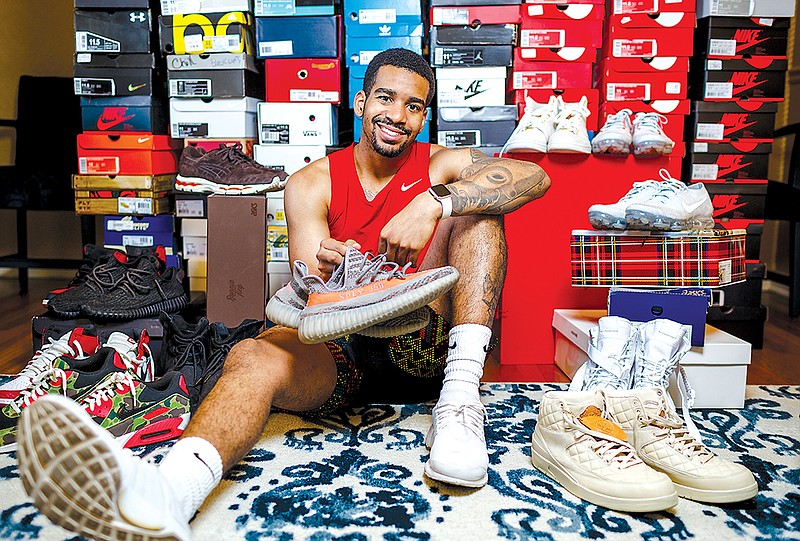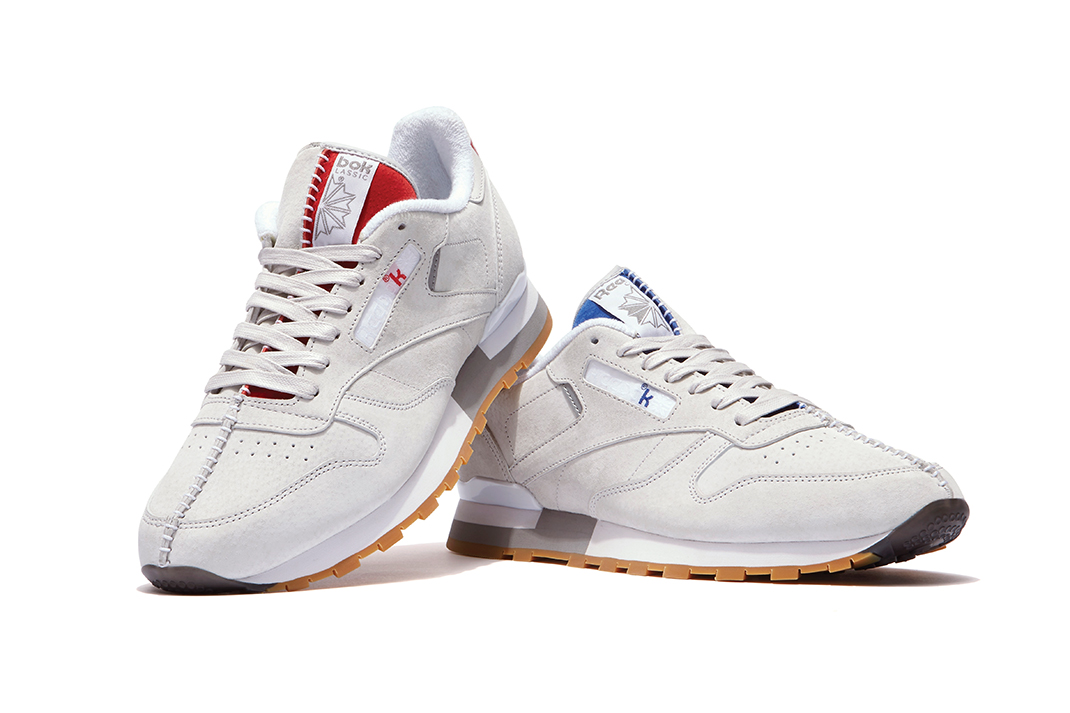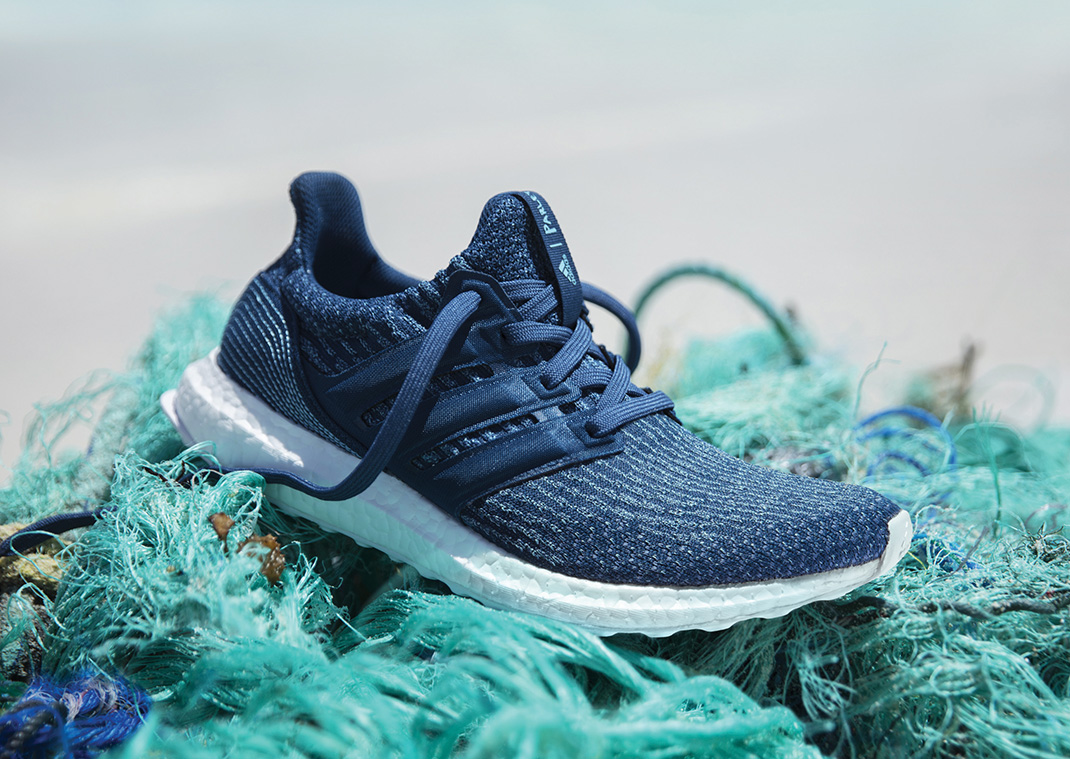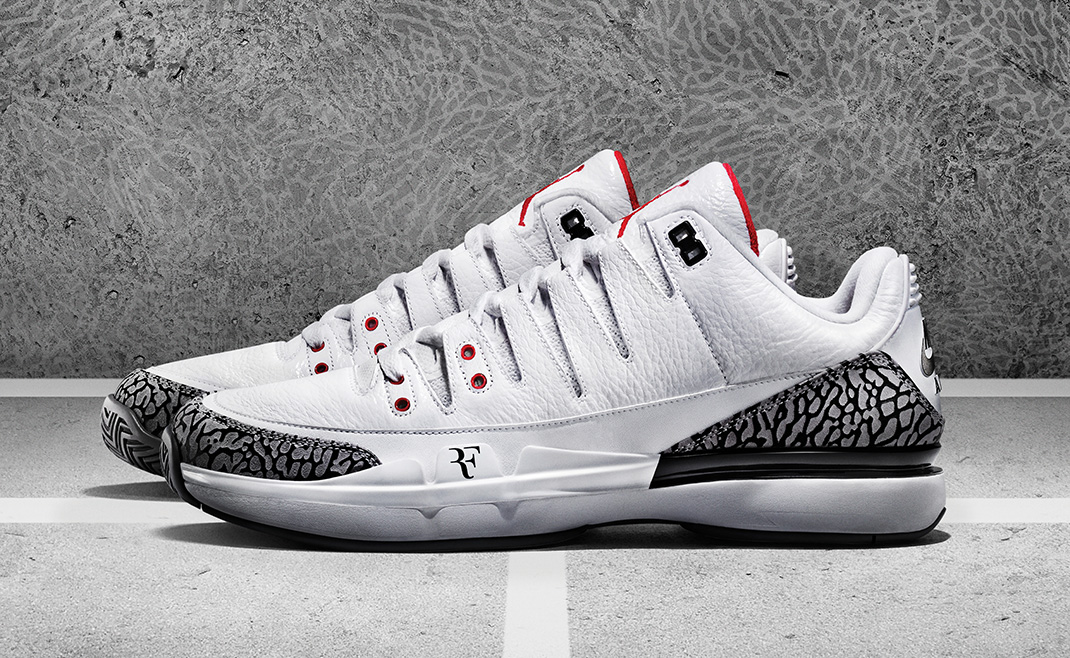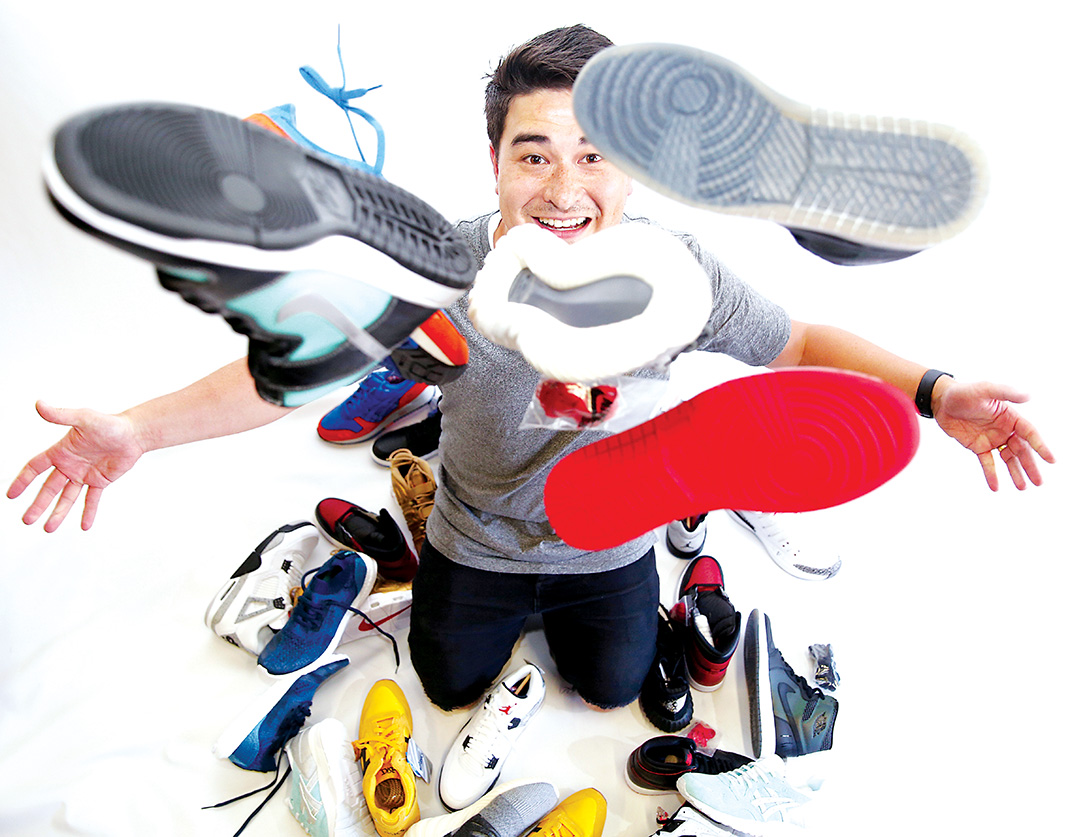Kendrick Lamar x Reebok Ventilator:
Reebok and rapper Kendrick Lamar take a stand against gang violence with these sneakers. On the right heel, the word "red" is sewn, representing the Bloods street gang. On the left heel, the word "blue," representing the rival Crips. On the backside of each of the tongues is the word "neutral."
For example, the Adidas UltraBoost X Parley tell about ocean pollution; the Kendrick Lamar x Reebok Ventilator tell about rival gangs; and the Nike Zoom Vapor 9 Tour "White Cement" tell about the friendship between two living sports legends.
But even more interesting than the stories behind Russell Barfield's 100-plus-pair collection is the fact that he knows those stories, which makes him an uncommon consumer. It makes him a "sneakerhead."
A sneakerhead, simply defined, is a shoe enthusiast - a person who is willing to camp in parking lots or pay 10 times the retail value for a pair of limited-edition sneakers, such as Adidas' Yeezy Boost 350 "Turtle Dove," a collaboration between Adidas and hip-hop artist Kanye West.
"Sneakerhead culture is a lot of peacocking," says Barfield, 31, a self-proclaimed sneakerhead and co-owner of men's clothing and footwear store Scout Boutique, which opened in 2014 on Chattanooga's Southside.
The Turtle Dove, absent in Barfield's closet, released in 2016 for $200. But, by design, the sneakers quickly sold out and now have a resale value of $2,000.
"It's not about love for the shoe," says Jorden "Juice" Williams, 22, another local sneakerhead whose own collection totals 200-plus pairs. "It's about the hype surrounding it."
To build hype, footwear companies create a demand - often by partnering with pop culture icons like Kanye West - much greater than the number of pairs of shoes they will supply. Shoe stores further stoke the anticipation by holding in-store raffles, which require customers to purchase tickets just for the chance to purchase sneakers; or by hosting first-come, first-served release parties, which lead to long lines.
In May, when Nike introduced its Air Foamposite One "Metallic Red" sneakers, Hamilton Place retailer Footaction was supplied with only 30 pairs - for which "door-busting crowds" turned out on its release day, says assistant manager Tasha Austin.
During such events, Austin says, Footaction hires security, mostly to manage tensions that can arise among those who wait in line for hours.
"It's draining. It will really mess up your day not getting that shoe, and that's upsetting when you want a shoe so bad, if you can't get it you'll pay $300 over its price to have it," Williams says.
Even when a sneakerhead does land a shoe, the reward is fleeting. The second the sneaker is bought, it's on to the next, Barfield says.
Adidas UltraBoost X Parley
Consumerism is not famous for being environmentally friendly, but these sneakers hope to rewrite that story. Parley is a global movement that encourages creators, thinkers and leaders to come together to raise awareness of ocean health. In partnership with Adidas, Parley removed plastic marine pollution, spun it into thread and used it to stitch these kicks. The limited edition line features a variety of colorways, including one pair that is solid white - a statement about coral bleaching.
As Williams explains, "It's a pride thing: I own some shit that you don't."
It is a bonus to them that the net worth of both Barfield's and Williams' shoe-vestments probably equals a down payment on a nice house.
The birth of modern sneaker culture is most commonly traced to 1985, and the debut of the Air Jordan, a red-and-black high-top shoe produced by Nike and endorsed by then-NBA Rookie of the Year basketball player Michael Jordan. That first Air Jordan more than showcased cutting-edge shoe technology such as air pouches in the heels, said to provide superior cushioning - it represented a lifestyle.
To paraphrase Calvan Fowler, director of the 2014 documentary "Jordan Heads," what made the Air Jordan shoe so desirable was that it embodied one of the world's greatest athletes and his signature "go hard or go home mentality. It's aspirational," Fowler told Newsweek during a 2015 interview.
Nike's Air Jordans still play an important role in sneakerhead culture. Nearly every month, and sometimes more frequently, the company re-releases a different limited edition Air Jordan featuring new materials or colorways, which is what sneakerheads call the shoe's color scheme.
In fact, most sought-after sneakers are re-releases, Barfield says.
For example, the Puma Disc, originally released in 1991, has had 12 re-releases. Likewise, the Reebok InstaPump Fury, released in 1994, has had 34 iterations. Nike's original Air Jordan has had well over 300.
"Very rarely does the [sneakerhead] culture pick up on a new shoe. It's really just the same shoes getting reintroduced to different generations," Barfield says.
Nike Zoom Vapor 9 Tour
Produced by Nike and endorsed by Swiss tennis player Roger Federer, the design of these sneakers plays off the Air Jordan 3, originally released in 1988. The shoe is said to connect the tennis court to the basketball court, but more importantly, it connected two of the world's greatest athletes: Federer and Michael Jordan. When Federer debuted his new kicks at the U.S. Open, Jordan cheered him on from the stands.
"It plays off nostalgia. The '90's kids are adults now and can afford to buy these sneakers. Companies recognize that," Barfield says.
In 1985, the Air Jordan retailed for $125 (about $284 in today's dollars). In 2016, Nike released its limited edition Air Jordan 1 Retro Bred for $160. Now, that shoe resells for $390.
Online marketplaces such as StockX, touted as "the world's first sneaker stock market," lets sneakerheads stay afoot of a shoe's resale value as well as their own collection's worth. Members build portfolios, listing each pair of shoes purchased. Then, based on their collection's respective resale value, the website generates the potential worth in the secondary shoe market - a global industry worth more than $1 billion.
Neither Barfield nor Williams wanted to share their own numbers as calculated by StockX, but as Adidas' Yeezy Boost 350 "Turtle Dove" proved, a sneaker's value in the resale market has the potential to inflate by 1,000 percent. This leaves some to wonder if the market might be overheating.
[]
